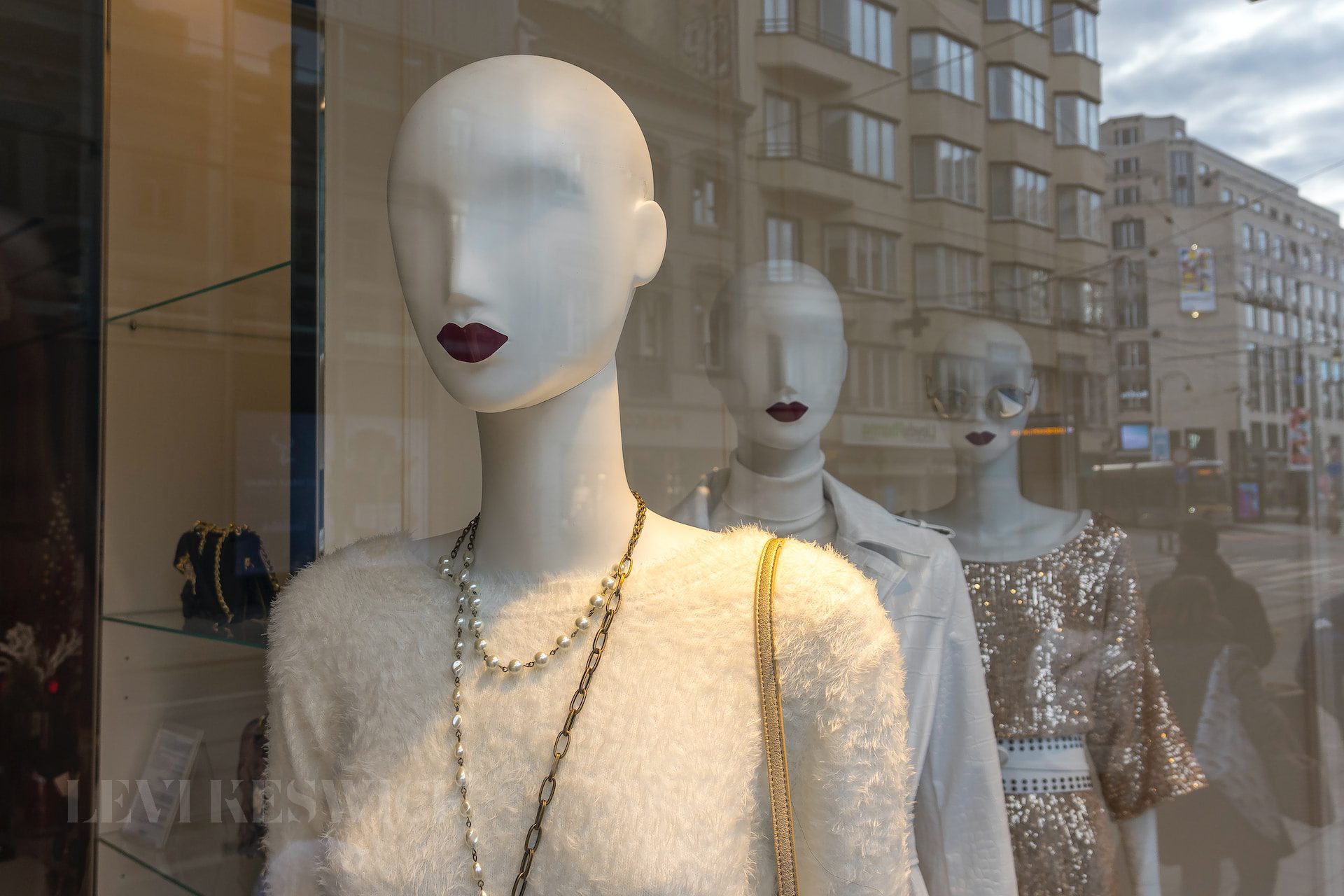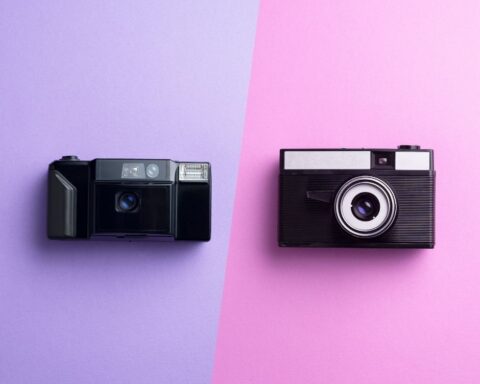Key takeaways:
- Moschino is generally recognized as a luxury brand due to its long-standing history, high-quality materials and craftsmanship, collaborations with high-profile celebrities, and availability in luxury retailers.
- However, recent associations with fast fashion retailers and allegations of cultural insensitivity have stirred debate over Moschino’s status as a luxury brand.
- Despite these criticisms, Moschino maintains a unique brand image that continues to appeal to its target audience and keeps the brand relevant in the ever-evolving luxury fashion space.
Understanding Moschino’s Historical Legacy
Established in 1983 by the late Franco Moschino, the brand made its mark in the fashion industry with its vibrant, audacious, and whimsical designs. The daring and unconventional approach of the brand towards fashion, combined with an irreverent use of humor in its designs, distinguished Moschino from other fashion labels. Over the years, it expanded its presence to luxury markets and established a footprint in luxury retailers like Neiman Marcus and Saks Fifth Avenue. Despite the passing of Franco Moschino in 1999, the brand maintained its signature playful style under the leadership of Rossella Jardini, Franco’s former assistant.
Brand Image: Is Moschino a Luxury Brand?
The question, “Is Moschino a luxury brand,” comes with several layers of interpretation. Generally, the brand is identified with luxury due to its characteristic bold, vibrant, and playful designs. Moschino’s unique design aesthetics have found favor with fashion-conscious individuals looking for distinct, statement pieces. Moreover, collaborations with high-profile celebrities and designers have further raised the brand’s profile, strengthening its position as a luxury fashion house. Additionally, participation in prestigious fashion weeks and other high-profile events has contributed to Moschino’s perceived luxury status.
The Luxury Status Quandary
Notwithstanding its popular perception as a luxury brand, Moschino’s status has recently been debated due to some contentious decisions and associations. In an effort to make its designs more accessible to a broader demographic, Moschino has collaborated with fast fashion retailers such as H&M and Target. While this move expanded Moschino’s reach, it simultaneously attracted comparisons with fast fashion brands, arguably diluting its luxury positioning.
Furthermore, the brand has faced accusations of cultural appropriation and insensitivity. Controversies, such as those stemming from using Native American-inspired motifs and traditional African patterns in ways deemed inappropriate, have raised questions about Moschino’s ethical standpoint. These instances have made some observers question Moschino’s claim to luxury, a term often synonymous with exclusivity, sophistication, and social responsibility.
Love Moschino: The Diffusion Line
In the 1990s, Moschino introduced a diffusion line, Love Moschino, to cater to a younger and trend-conscious audience. Offering a range of casual and accessible styles, Love Moschino helped widen the brand’s appeal. Despite the more laid-back aesthetics of Love Moschino, the diffusion line still carries the brand’s signature heart logo, keeping the brand’s image intact across different consumer segments.
Unraveling Moschino’s Popularity
A combination of factors has contributed to Moschino’s popularity. The brand’s distinctive style and its bold, colourful, and playful designs have remained a strong appeal for young, fashionable consumers. Collaborations with A-list celebrities like Lady Gaga, Madonna, and Kate Moss have further elevated the brand’s image and broadened its reach.
Moschino’s association with luxury retailers and participation in prestigious fashion events have consolidated its image as a luxury brand. This positioning attracts a discerning clientele looking for high-quality, prestigious fashion pieces.
Despite facing recent criticism and controversy, Moschino continues to hold its place in the luxury fashion landscape, asserting its relevance through unique designs, strategic collaborations, and a strong brand image. As the concept of luxury continues to evolve and diversify, Moschino’s journey provides an intriguing case study for how a brand navigates the changing fashion industry while maintaining its essence.








